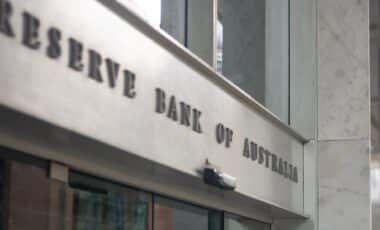Australia’s recent interest rate cut has led to a surge in mortgage refinancing as homeowners seek better deals. While lower rates offer potential savings, SBS reports that financial experts warn hidden costs, such as discharge fees, government charges, and ongoing account costs, could reduce or even cancel out the benefits.
Borrowers must carefully assess these expenses alongside interest rates to determine if refinancing is truly worthwhile. Understanding the full financial impact is crucial before making a decision to switch lenders.
Interest Rate Cut Fuels Refinancing Surge
The Reserve Bank of Australia (RBA) recently reduced the cash rate from 4.35% to 4.10%, ending a period of interest rates at a 13-year high. Following this change, 49% of mortgage holders surveyed by financial comparison site Mozo are considering or planning to refinance.
For an average borrower with a £600,000 home loan, the cut translates to a £92 per month reduction in repayments. However, while the rate cut is encouraging some homeowners to shop around, many are hesitant, waiting for further rate movements before making a decision.
According to Sarah Orr, a spokesperson for financial comparison site Compare The Market, only 2% of Australians have fixed-rate mortgages, meaning the majority have variable rates and will experience changes in their repayments.
The Real Cost of Refinancing
While securing a lower interest rate is the main motivation behind refinancing, other financial factors, including hidden costs, can have a significant impact on overall savings. Borrowers must consider discharge fees, which are charged by the outgoing lender and typically amount to £350.
Additionally, state government fees, which vary depending on location, usually cost around £300. New lenders may also charge upfront costs, including settlement, application, valuation, or legal fees.
Some mortgage products come with ongoing account fees, which add administrative costs over the loan’s duration.
Another key factor is lenders’ mortgage insurance (LMI), which applies when the loan-to-value ratio (LVR) exceeds 80%. In such cases, borrowers may need to pay additional insurance, which can significantly reduce the financial benefit of refinancing.
According to Sally Tindall, data insights director at Canstar, some lenders waive upfront fees, making it essential to compare multiple offers. She also advises borrowers to check comparison rates, which factor in both the interest rate and associated fees, providing a clearer picture of the true cost of refinancing.
Loan Term Considerations and Long-Term Impact
Extending a loan term when refinancing can lower monthly repayments, but it also increases total interest payments over time. Some lenders offer new 25- or 30-year terms, even if the borrower has already paid down several years of their mortgage.
However, these extended terms come with hidden costs, as borrowers may end up paying significantly more in interest over the lifetime of the loan, reducing the overall benefits of refinancing. While this may ease financial pressure in the short term, it can result in significantly higher overall costs.
Sarah Orr warns that borrowers should avoid lengthening their loan term unless absolutely necessary. She explains that while extending the term may provide temporary relief, it ultimately leads to a greater interest burden over time.
Homeowners aiming to reduce long-term costs should consider maintaining or shortening their loan term when refinancing.
The Risk of Mortgage ‘Prison’
Not all borrowers are eligible to refinance. Some find themselves in “mortgage prison”, where they fail to meet lenders’ stricter affordability tests.
This situation is common among those who have experienced a reduction in income, making it harder to pass lender stress assessments. Others may struggle to refinance due to a loan-to-value ratio (LVR) above 80%, which can make refinancing less cost-effective due to additional insurance requirements and hidden costs that borrowers may overlook.
Borrowers who initially took on debt during historically low fixed-rate periods now face significantly higher variable rates, making it difficult for them to meet refinancing criteria. For these individuals, staying with the existing lender may be the only option.
However, experts advise negotiating a lower interest rate with the current bank, as some lenders are willing to offer rate reductions to retain customers.









